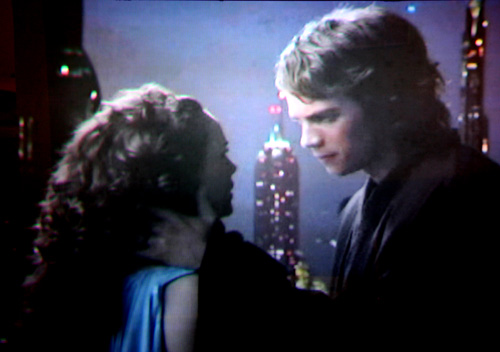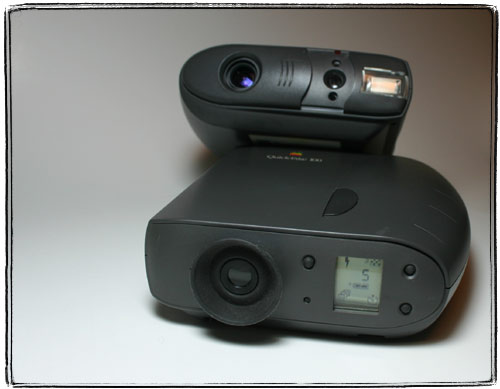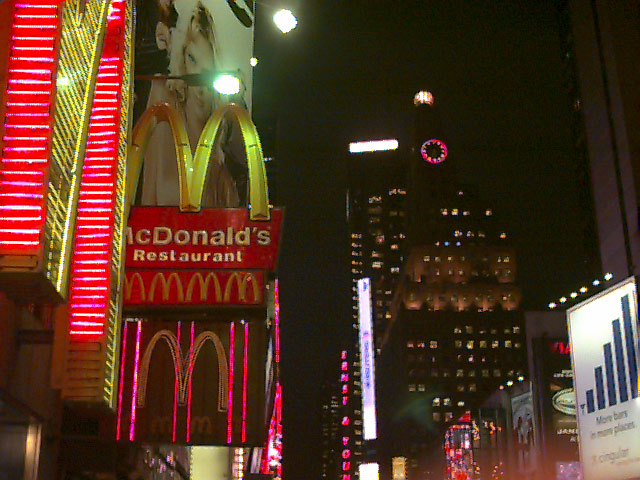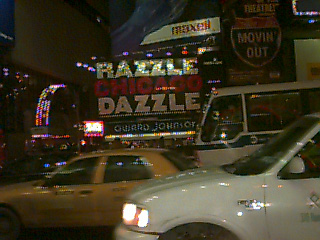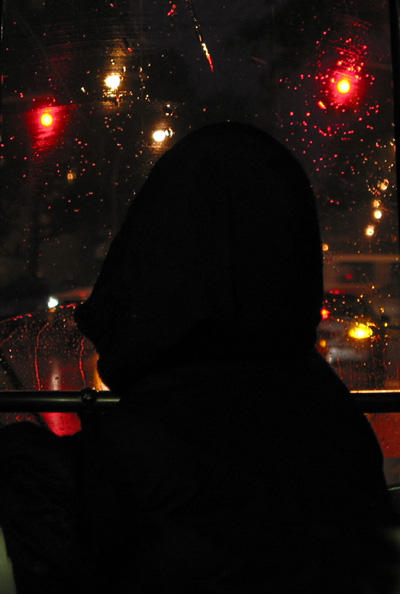Time is slowly erasing the traumatic memory of the two world wars. That is to say that the people who fought in it are dying out, and the younger generations do not like to think of the horrors that the two great wars brought.
When I was growing up, World War II did not seem very exciting to me, from the infantile militarism standpoint. Bootleg American movies, like Rambo and Star Wars seemed oh so much cooler. WWII killing machines seemed outdated and andand reminiscences of veterans who were invited into Soviet classrooms prior to every May 9th – boring.
I did like the Polish movie serial about WWII, called “Four tankers and dog” (“Четыре танкиÑта и Ñобака” in Russian and “Czterej pancerni i pies” in Polish). It was an awesome, awesome serial about a Polish tank’s crew in WWII. Recently I purchased it on DVD from a Russian movie store as a present for my childhood friend. We watched it a bit, and I’ve got to tell you, it held up amazingly well.
Later, I realized that “Star Wars” technology was based on WWII, down to space battles mimicking real aerial dogfights. The rest of ideas Lucas lifted from Kurosawa’s The Hidden Fortress . That was probably one of the reasons why the original 3 episodes were so much cooler then the new ones.
. That was probably one of the reasons why the original 3 episodes were so much cooler then the new ones.
WWII is all the rage these days. You can’t swing a dead cat without hitting an awesome WWII game. Mike Mingola brought back WWII chic in his Hellboy comics, Nazi mad scientist and all.
comics, Nazi mad scientist and all.
I particularly like WWII-style superheroes, without overabundance of superpowers and in baggy costumes with many gear pockets and bandoliers. In Hellboy’s origin story, there’s a panel where a group of Allied soldiers poses for a picture with Hellboy and Liberty Torch, a wartime superhero, that appeals to me a lot. I also liked how in Batman: Year One Batman uses thermite as a weapon that he gets from his military-looking bandolier belt.
For the firts time since Augusta Ada King, Countess of Lovelace and Charles Babbage, computer programmers became active, this time being driven not by intellectual curiosity, but by a dire need to break Nazi codes. If not for the Polish scientists who created the first Enigma-breaking mechanical “bombes”, Alan Turing and the rest of the computer pioneers, me and my dad not only wouldn’t be computer programmers, but probably would not have been born.
That reminded of an echo of WWII that I once encountered. I used to work as a doorman, porter and elevator operator in an Upper West Side residential building where Robert Oppenheimer was born. There was a very nice old man who lived alone in a huge pre-war apartment. Every year he asked one of the staff to help him set all the clocks in the apartment during the daylight savings switch. It remains one of the more memorable experiences for me from my employment there. I remember a huge apartment with many clocks. The old guy seemed to be very anxious to have all of them set, and all of them set correctly, asking me several times to check and doublecheck. Must have taken me half an hour to get them all. Once I set all the clocks he became very relieved.
I guess the guy had a very special relationship with time. My boss told me he saw a number tattoo on the old man’s arm. That most likely means that he had a “user id” for an IBM punchcard machine in Auschwitz.
